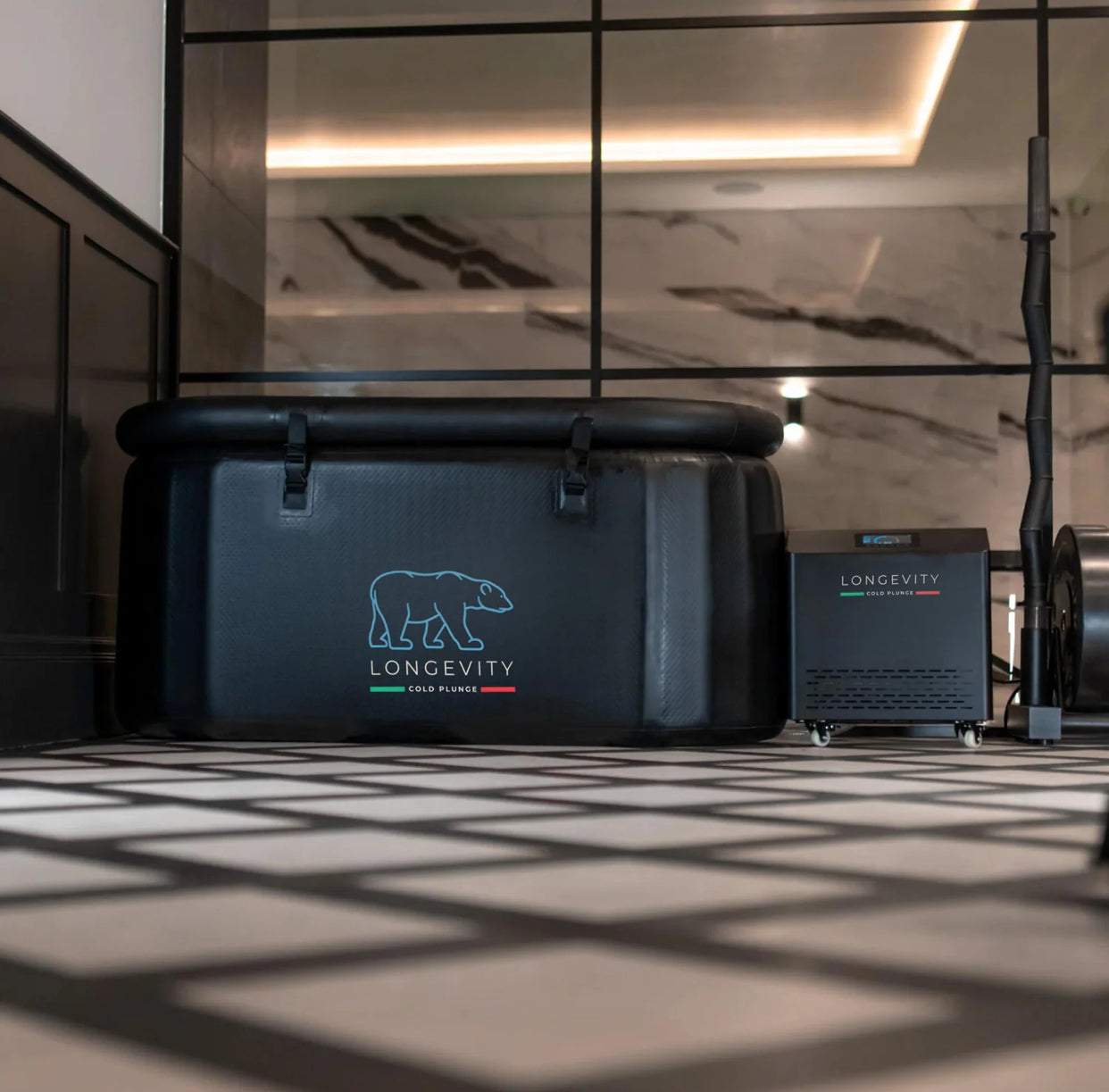If your Cold Plunge feels like an arctic nightmare, it might be too cold! Aim for 10–15 °C for safety. Stay tuned to learn the signs, avoid turning your Ice Bath or Cold Plunge Tub into a frostbite trap, and master chill without the chills!

1. Understanding Cold Plunge Temperatures: How Cold is Too Cold?
1.1 Ideal Temperature Ranges for Effective Cold Plunge Therapy
1.1.1 Recommended Starting Temperatures for Beginners
Beginners should aim for around 12–15 °C.
This range delivers benefits without severe cold shock.
It allows you to adapt steadily and comfortably.
Stay aware of your limits to avoid overdoing it.
1.1.2 Optimal Temperature Zones for Experienced Plungers
More experienced users often target 7–12 °C.
These colder temperatures enhance circulation and recovery.
Gradually reduce temperature as you become accustomed.
Monitor your body's reactions carefully.
1.2 Recognising the Warning Signs: Is Your Cold Plunge Too Cold?
1.2.1 Immediate Physiological Responses: Understanding Cold Shock
Expect a strong gasp reflex and rapid breathing.
Cold shock can feel startling at first.
Controlled breathing helps you manage it safely.
Take slow, steady breaths to avoid panic.
1.2.2 Potential Health Risks of Excessive Cold Exposure (Hypothermia, Nerve Damage)
Remaining too long in very cold water increases hypothermia risk.
Look out for uncontrollable shivering or confusion.
Nerve damage is possible if exposed for too long.
Keep your sessions short and the temperature appropriate.
1.2.3 Differentiating Discomfort from Dangerous Conditions
Mild discomfort is normal when starting.
However, blue lips, numb hands or feet, or dizziness indicate danger.
Exit the plunge immediately if you experience these.
Pay close attention to your body's signals.
2. Safe Cold Plunging Practices: Duration, Acclimation, and Mindful Immersion

2.1 Recommended Immersion Durations for All Levels
Beginners should aim for 30 seconds to 2 minutes.
More advanced users might go up to 5 minutes.
Always prioritise safety over pushing limits.
Shorter sessions are better for adaptation.
2.2 Gradual Acclimation Techniques to Build Tolerance
Begin with brief sessions in milder cold.
Gradually reduce temperature week by week.
Use steady breathing to stay relaxed.
Let your body adapt naturally over time.
2.3 Essential Safety Tips and Precautions for Cold Water Immersion
Never plunge alone—always have someone nearby.
Stay hydrated and avoid alcohol or caffeine before.
Know any personal health conditions that may affect safety.
Consult your GP if you have medical concerns.
2.4 The Importance of Listening to Your Body's Cues
Pay attention to your breathing and mental clarity.
If you begin shivering violently or feel faint, stop.
Respect your personal limits every time you plunge.
There's no benefit in pushing too far.
2.5 Utilising Breathing Techniques for a Safer Plunge
Practise deep, steady breathing before entering.
Wim Hof or box breathing methods help manage shock.
Focus on slow exhales to maintain calm.
Stay present and aware throughout immersion.
Conclusion
A Cold Plunge, Ice Bath, or Cold Plunge Tub can be wonderfully refreshing and beneficial when done correctly.
Keep temperatures in a safe range, watch for warning signs, and enjoy the chill responsibly.
Takeaways: Listen to your body, start gradually, use mindful breathing, and make safety your top priority for the best cold plunge experience.






